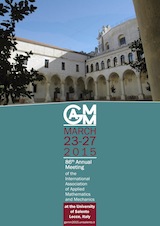YRMS1 - Analysis, Applications and Approximation of Constrained PDEs
A common and convenient way to model multi-component phenomena is to model the components separately and to glue them together via coupling the variables at the interfaces. This approach, however, leads to constrained PDEs that are more often referred to as abstract DAEs or PDAEs and that require sophisticated methods for their numerical and analytical treatment.
The speakers of our minisymposium reflect the broad application area of constrained PDEs and discuss difficulties in the application side and recent advances in the analysis and the numerical approximation. The particular talks will cover general theoretical aspects and applications in the modeling of elastodynamics, electromagnetics, flow networks, and fluid dynamics.
organizers:
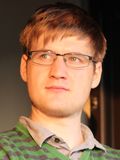 |
Robert Altmann Berlin mail, home page |
 |
Jan Heiland Magdeburg mail, home page |
YRMS2 - Phase Field Modeling in Mechanics and Applied Mathematics
The coupling of phase field equations to solid or fluid mechanics offers a wide range of possibilities in the modeling of e.g. ferroelectric solids. The mechanically inclined talks focus on the modeling and numerical simulation of phase field models for piezoelectric and ferroelectric materials. Theoretical aspects like the well-posedness of the coupled PDEs of phase field models, stability issues, and conservation properties of the numerical schemes are addressed in the mathematically inclined contributions.
organizers:
 |
Jan Giesselmann Stuttgart mail, home page |
 |
Charlotte Kuhn Kaiserslautern mail, home page |
YRMS3 - Discretization Aspects in PDE Constrained Optimization
Optimization problems with partial differential equations (PDEs) as constraint have been of tremendous research interest over the past decades. Due to the PDE, these problems are of infinite dimension and can rarely be tackled directly. Instead, the PDE needs to be discretized.
This important step in the numerical consideration of PDE constrained optimization problems gives rise to a multitude of research questions, going from the choice of a suitable discretization for a given application, convergence analysis for the discrete approximations to the limit as the mesh is refined, to the design of appropriate (finite dimensional) solvers for the corresponding discrete problems.
organizers:
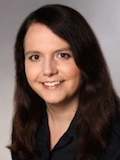 |
Ira Neitzel München mail, home page |
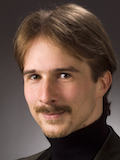 |
Winnifried Wollner Hamburg mail, home page |
YRMS4 - Co-/Sparsity, Inverse Problems and Compressive Imaging
At the core of many inverse and imaging problems are signal models which in addition to stabilizing the solutions of these problems are also capable of dealing with undersampling. In this context, a very popular model is the sparse synthesis model. Here, the assumption is that the signals can be expressed as a linear combination of a few signal components from a dictionary. In the last decade, there has been a lot of theoretical and practical work dealing with this model in the field of compressive sensing. Despite their success, practical applications often do not meet the theoretical conditions that compressive sensing relies on. Hence, their success is yet to be mathematically grounded. The goal of this mini-symposium is to draw attention to the theoretical gap between theory and practice, and to give young researchers working in inverse problems, imaging and compressed sensing the opportunity to present their new results.
organizers:
 |
Stefania Petra Heidelberg mail, home page |
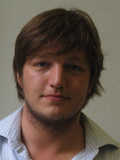 |
Andreas Weinmann München mail, home page |
YRMS5 - Topics in Low-rank Tensor Approximation
The recent years showed an emerging interest in low-rank tensor techniques in scientific computing for solving "high-dimensional" tensor structured problems to overcome the ``curse of dimension'' by using separation of variables. This includes eigenvalues problems, linear equations, stochastic and parametric PDEs, dynamical systems, or ground state calculations in quantum spin systems. At the same time, low-rank tensor techniques are successfully used in exploratory data analysis, signal processing, and statistics. Ideally, at least three aspects need to be addressed: justification of the low-rank approach by a-priori approximability results, design and efficient implementation of algorithms avoiding "high-dimensional" objects at any stage, and convergence analysis of the typically nonlinear methods. These and other challenging tasks make low-rank tensor techniques an interesting and many-sided field. This Young Researchers Symposium will highlight some of these aspects at the hand of the speaker's latest research results.
organizers:
 |
André Uschmajew Bonn mail, home page |
 |
Bart Vandereycken Genève mail, home page |



